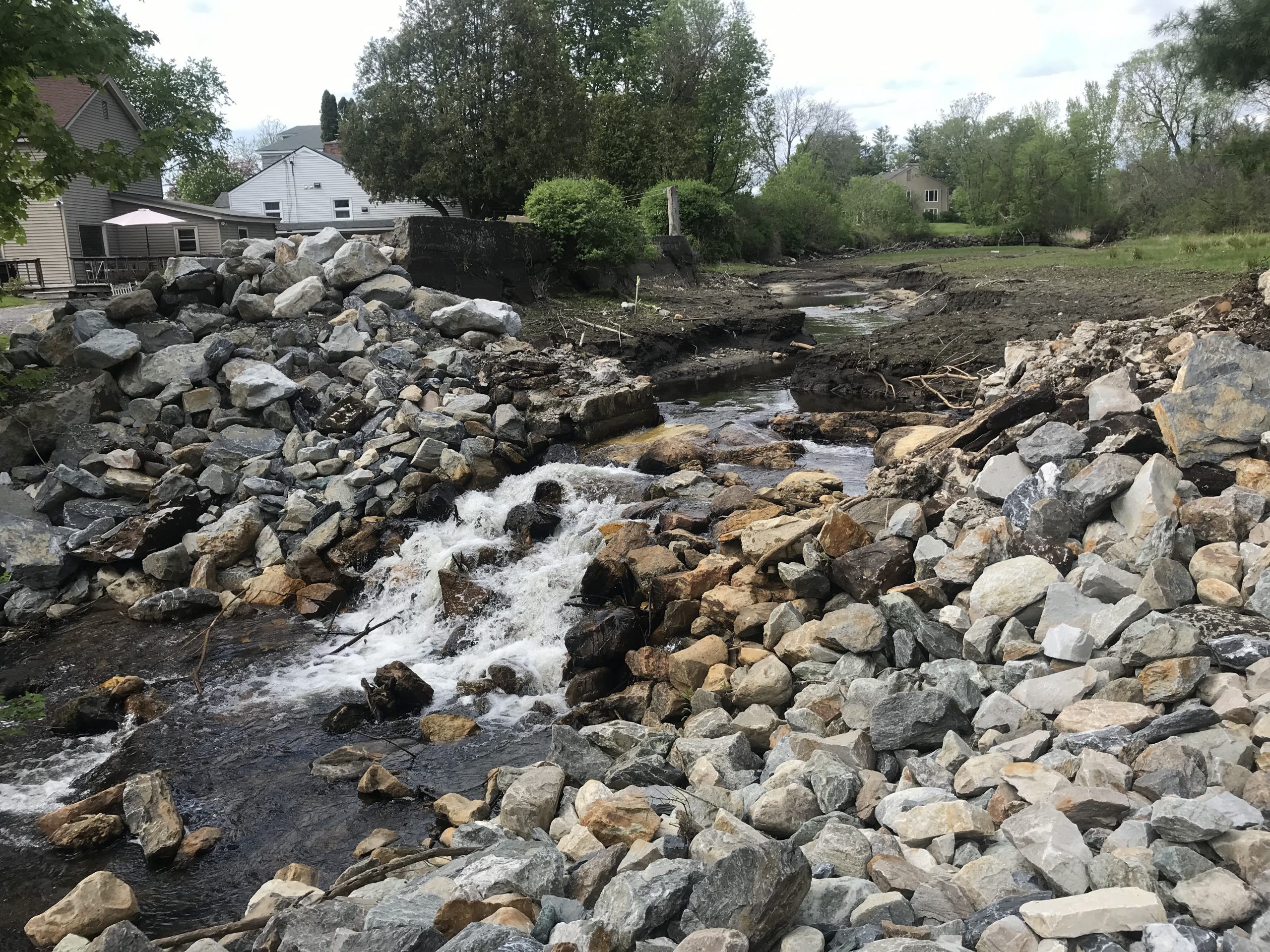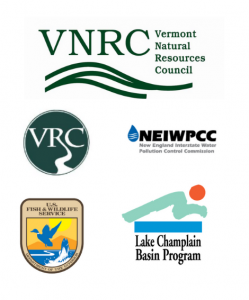Press release: Vermont Natural Resources Council begins Dunklee Pond Dam removal in Rutland

August 6, 2021 — Removal of the Dunklee Pond Dam on Tenney Brook in the City of Rutland, Vermont is now underway following a three-year design and permitting process. The dam is classified as a Significant Hazard Potential Dam, meaning there is potential for loss of life and “appreciable” economic loss should it fail. Most recently, it has posed a substantial flood risk to nearby homes.
The Vermont Natural Resources Council (VNRC), in conjunction with Vermont River Conservancy (VRC), has been leading this project since dam owners Michelle and Snehal Shah requested assistance to remove it.
Dam removal will restore the river’s equilibrium, improve water quality and habitat, reduce the risk of a large sediment release to downstream river systems (East Creek, Otter Creek, and ultimately Lake Champlain), and reduce flood and erosion risks to downstream homes. For almost 300 years, the Dunklee Pond Dam has blocked aquatic organism passage of fish and amphibians. Removal will reconnect the trout populations upstream and downstream of the dam and restore a wildlife habitat corridor.
Dunklee Pond Dam has a rich history of industry and recreation. It was initially constructed in 1792 to operate a small linseed oil mill, followed by a pencil mill, a lumber mill and tannery, in the 1800s, and then a commercial ice harvesting pond. The dam was then utilized as a swimming and recreation area for Rutland City residents, including for ice hockey by Rutland High School.
Beginning in 2017, City of Rutland officials observed that the dam was exhibiting structural deterioration, with water leakage, causing multiple evacuations of nearby homes due to flood risk. Subsequently it was partially breached on October 29, 2019 before the Halloween flood event in an effort to protect the public and temporarily mitigate dam failure concerns. A rapid inspection following the breach by SLR Engineers of Waterbury indicated that “the dam was now stable but all remaining elements were in poor condition, the spillway had working elements, cracks, missing chunks of concrete and dislodged stones. The retaining walls contained large voids and nearby sink holes were present.”
“There are more than 800 small dams in Vermont that no longer serve a useful purpose,” said Karina Dailey, Restoration Ecologist at VNRC. “They degrade water quality and aquatic habitat, restrict the movement of fish and other wildlife, and pose a risk to public safety. VNRC is very interested in helping dam owners who want to remove unwanted structures, which can have lasting benefits for entire communities and ecosystems.”
In place of the dam impoundment, a new floodplain and stream channel will be established, where trees and shrubs will be planted. The restored wetland may be planted in the future with some seedlings of Northern White Cedar Swamp from the area above to extend that native vegetation into the recovered area.
The Dunklee Pond Dam project entails removing a 75-ft long and 10-ft high concrete impoundment and approximately 11,300-cyd of sediment—followed by 900-ft of channel restoration and 1.9 acres of restored floodplain and wetlands to restore hydrologic connectivity to Tenney Brook. A downstream fish passage weir at Rotary Park is also planned to address the perched concrete box culvert under Route 7, which is immediately downstream of the dam.
VNRC is leading this project with support from its partners, Vermont River Conservancy, U.S. Fish and Wildlife Service, the Lake Champlain Basin Program, and the VTDEC Ecosystem Restoration Program.
Funding for design, permitting, and construction is being provided by the New England Interstate Water Pollution Control Commission (NEIWPCC) in partnership with the Lake Champlain Basin Program, U.S. Fish and Wildlife Service, the National Fish Passage Program, and Vermont Department of Environmental Conservation – Clean Water Initiative Program. SLR Engineers of Waterbury and Kings Trucking and Excavating of Cambridge are the principal contractors for the project.
For more information about the work VNRC and partner organizations are doing to remove unused and unmaintained dams across Vermont, visit https://freevermontrivers.org/.

This project was funded by an agreement awarded by the Great Lakes Fishery Commission to the New England Interstate Water Pollution Control Commission in partnership with the Lake Champlain Basin Program. NEIWPCC manages LCBP’s personnel, contract, grant and budget tasks and provides input on the program’s activities through a partnership with the LCBP Steering Committee.
Contact: Karina Dailey, kdailey@vnrc.org, 802.223.2328 x123
Please note: Media events at dam site with Karina can occur between 8/16-9/30

